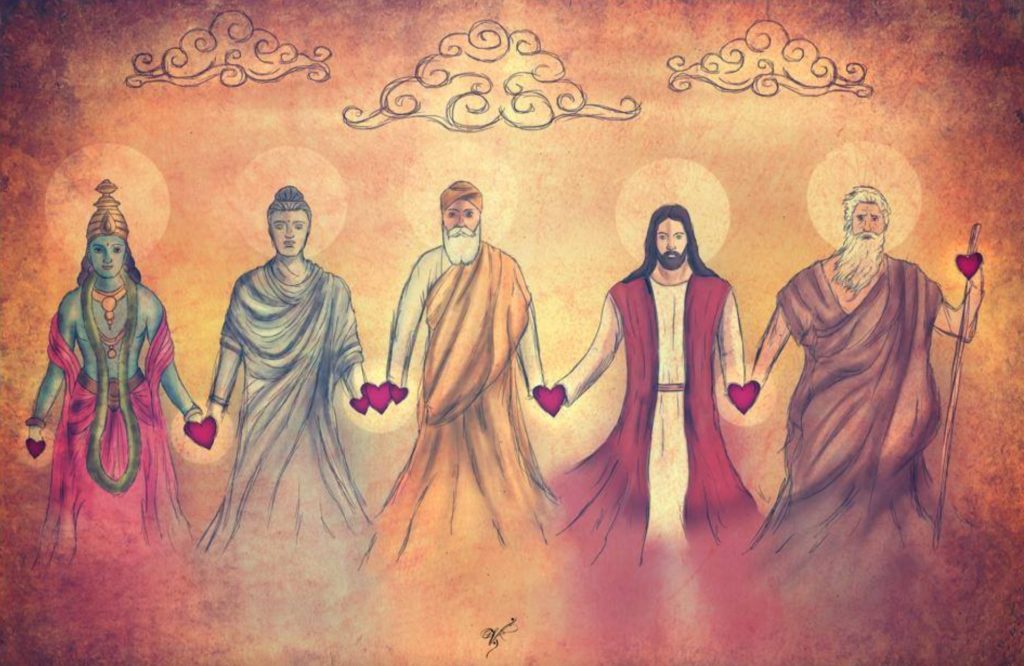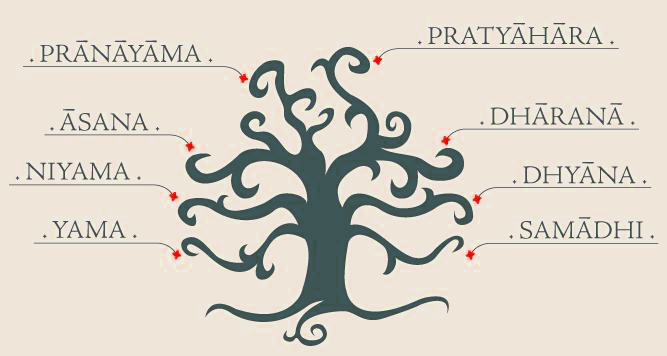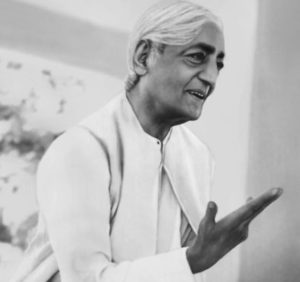LES QUATRE VOIES DU YOGA
KARMA YOGA

C’est la voie de l’action désintéressée. Avec altruisme et sans attendre de récompense en retour, les actions du quotidien permettent de purifier le cœur et d’amender l’égo.
Qu’il travaille dans la cuisine, médite dans le temple ou tonde la pelouse, le karma yogi sait qu’il ne s’identifie pas à l’action, le travail étant seulement un moyen d’atteindre le suprême. Avec un peu d’entrainement il devient de plus en plus facile de se dissocier des activités. Alors, quand on ferme les yeux, le mental reste calme, apaisé, concentré.
En petit groupe, nous pratiquerons des actions désintéressées autour de la permaculture, des animaux et des tâches quotidiennes.
BHAKTI YOGA

C’est l’approche dévotionelle de l’amour et de la compassion. Le Bhakti yoga est la voie de la canalisation et de la transformation de notre nature émotionnelle vers un but plus élevé. Par la foi, la prière, l’abandon de soi-même et la joie le pratiquant acquiert une perception directe des mondes supérieurs. Quand l’union se fait et que seule l’Unité demeure, le but est atteint.
Le yoga du son est un aspect du Bhakti yoga. Ensemble nous pratiquerons la dévotion par la voix (des chants et des mantras de diverses origines), ainsi que par le corps (rythmes et mouvements).
RAJA YOGA

C’est la voie du contrôle du mental, l’approche la plus scientifique vers la Réalisation. Il y a 2000 ans environ, Patanjali Maharishi compila sous formes d’aphorismes les huit pilliers: les yamas (abstinences), niyamas (observances), asanas (postures), pranayama (contrôle de la respiration), pratyahara (retrait des sens), dharana (concentration), dhyana (méditation), et samadhi (absolu).
Le Hatha yoga s’inscrit dans la voie du Raja yoga. La pratique sera axée sur les techniques purificatrices, salutations au soleil, postures, techniques de souffle et de concentration. Nous aurons l’occasion d’échanger et de rentrer plus en profondeur au sujet de ces huit piliers.
JNANA YOGA

Jnana veut dire sagesse. C’est le Yoga de la connaissance, par la recherche et l’analyse, le mental s’emploie à examiner lui-même sa propre nature. Sa méthode principale est l’investigation du soi par le retour à la source de nos pensées, jusqu’à la pensée du « je ». Il est dit que seuls les aspirants les plus avancés peuvent emprunter le chemin du Jnana Yoga, non pas parce qu’il serait supérieur à toutes les autres voies, mais parce qu’il est nécessaire d’avoir une base solide en chacune des autres disciplines avant de l’aborder.
Selon Shivananda, « sans les autres voies préliminaires, nous n’aurions ni la force, ni le discernement, ni la pureté pour rester sur ce chemin ». C’est pour cela que nous nous concentrerons d’abord sur les autres voies.

